Last updated on July 14th, 2023 at 03:28 pm
Do I Want More Amps Out of My Alternator or How Can I Upgrade Alternator Amperage are common question among car owners, and the good news is yes; there are various methods you can employ in order to extract more amps out of your alternator, and I will discuss that here in detail in this guide.
Can I Get More Amps Out Of My Alternator and How to upgrade alternator amperage?
I will demonstrate what steps can help achieve that, along with its associated advantages over time while answering will a high amp alternator damage my vehicle concerns. So What Are The Advantages of Upgrading Alternator Amperage Upgrade Options or Upgrading Alternator Amperage Upgrade Benefits or Downgrading Alternators?
Benefits of Higher Amperage Alternators
An alternator’s amperage output determines its rate of battery recharging; higher amp alternators charge faster due to their greater ability to produce current at higher rates than those with lower amperages.
Increased amperage upgrades may be possible; however, in order to be truly effective you must also verify that your wiring harnesses can handle these increased amperage loads.
Upgraded alternator amps ensure that your vehicle can meet any additional power demands, offering several benefits of doing so:
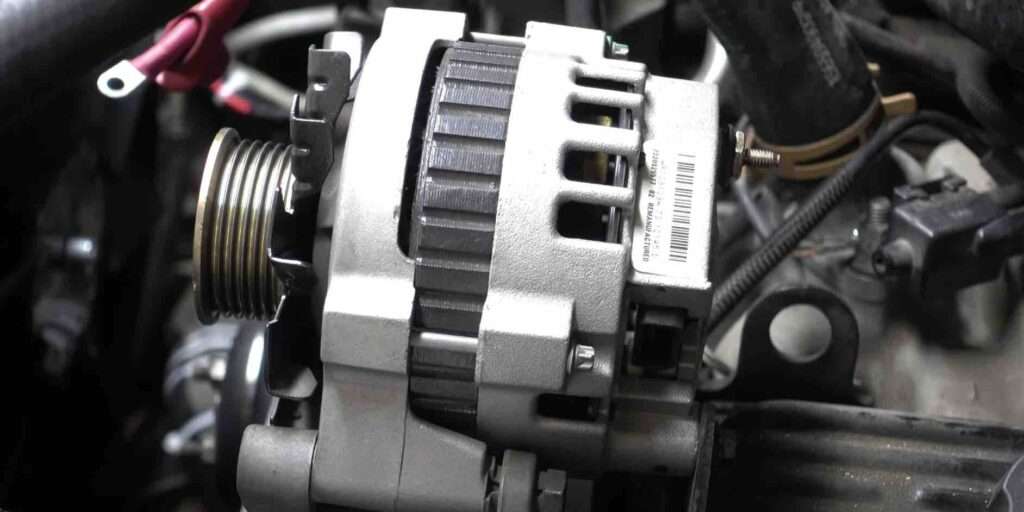
1) Improved Fuel Efficiency:
Upgrading your car’s alternator allows it to produce more power at lower speeds, cutting fuel consumption by as much as 30% and improving mileage per gallon and emissions levels in your exhaust system due to less gasoline being burned during operation. This results in greater mileage per gallon as well as lower emissions from its exhaust system due to less being burnt through an operation.
2) Improved Engine Performance:
An upgraded alternator supplies additional power for other engine components, like spark plugs and injectors, to increase their efficiency for smoother acceleration and higher horsepower output when needed most. In addition, its reduced strain on other parts like starter motors or air conditioning compressors by not needing to work against the weaker electrical current from standard units can extend battery life as well.
3) Extending Battery Life:
4.0 A better alternator means longer battery life!, Higher amp ratings mean more efficient battery charging cycles and, ultimately, longer-lasting batteries before needing replacement or recharge.
How To Get More Amps Out Of The Alternator.
To maximize alternator output, two strategies could help. Installing a smaller diameter pulley on the alternator shaft could increase armature rotation speed and thus produce more amps at any given engine rpm, as well as keeping cooler due to higher fan speeds.
Second, consider upgrading or replacing it with one designed to deliver higher output – such as using high-performance parts such as heavy-duty rotors and stators available from aftermarket suppliers as upgrades; both modifications should be relatively straightforward modifications that can be accomplished using basic tools within hours.”
Is A 145-amp Alternator Enough?
In general, most cars should require no more than 145 amp alternators as long as their electrical system doesn’t become overloaded by add-on accessories and any unnecessary wiring requirements are met safely by that amount of power output from an alternator rated 145 Amps for the proper and safe functioning of an alternator rated this high. Aside from having 40 more amps than required by many cars today to function optimally and securely.
This extra capacity protects against unexpected loads or surges that could otherwise compromise a car’s electrical system.
How Much Wattage Can A 200 Amp Alternator Handle?
A 200-amp alternator has the capacity of handling up to 2,400 Watts when all its components are functioning at peak efficiency levels and working optimally together.
A 200-amp alternator supplies sufficient current for multiple accessories to run at once; their respective amp usage dictates their total output in terms of watts.
As an example, connecting multiple accessories directly to one terminal post could result in an abnormally low voltage drop and decreased wattage output for any particular accessory.
How Many Watts Does A 100-Am Alternator Support?
On average, 100 Ampere Alternators support up to 1,200 Watts depending on its type and size – most typically, these 100-Am alternators have peak output capacities up to this amount of power.
Engine speed (RPMs), voltage regulator settings, and battery health all play an integral part in how many watts a 100-amp alternator is capable of producing. The amount depends upon factors like input voltage and output current rating as well as battery health status.
What Size Alternator Is Needed for 3000 Watts? Generating up to 3000 watts requires at least 250 amps; however, various factors should also be taken into account such as engine performance and fuel economy when selecting an alternator capable of creating up to that much power.
Fuel tank capacity is essential when working with high wattages like this one as higher wattages require more electricity from the battery, creating additional strain on both components.
Check that all wire connections can handle maximum current draw without overheating or shorting out due to poor insulation quality; otherwise, any increase in load could cause serious damage.
Alternator Amperage by VIN
In order to determine your vehicle’s alternator amperage by VIN, either consult its owner’s manual or consult with a mechanic who has access to specialist tools like an oscilloscope or digital multimeter (DMM).
DMMs provide technicians with an efficient method for measuring voltage output at various points to calculate the current flowing through individual components in their systems, helping them accurately diagnose any potential problems within them.
will a high output alternator hurt my car?
A high-output alternator won’t typically hurt, harm, or damage your car, but you need to ensure that the new and higher amp is compatible with your vehicle model and your car’s electrical system load. Bear in mind that upgrading to a high-output alternator may also require a battery or wiring upgrade and proper installation to prevent possible issues.
How to upgrade alternator amperage
Upgrading your alternator amperage is one way of giving your vehicle more electricity if you require energy-intensive accessories, providing essential extra power when running them. Here’s a step-by-step guide on how you can do just that:
Step 1: Acquire the Necessary Equipment
In order to install your high-amp alternator replacement correctly on your vehicle, and to obtain replacement wires suitable for its higher amperage output. Your alternator manufacturer should specify which gauge will best meet these demands.
Step 2: Disconnect The Battery
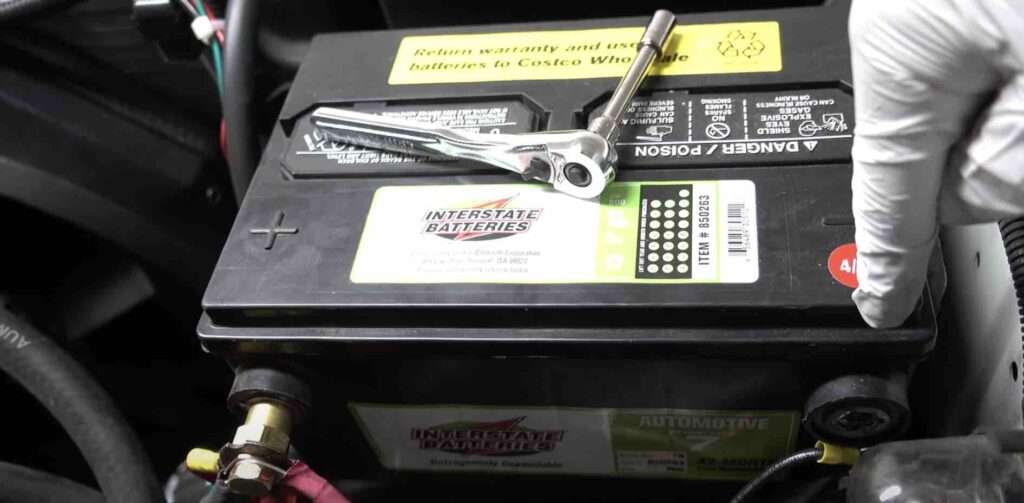
Before beginning work on any aspect of your vehicle’s electrical system, always disconnect its battery by starting with its negative terminal first. This ensures no short-circuiting occurs or you get injured as part of this step.
Step 3: Unbolting Your Existing Alternator
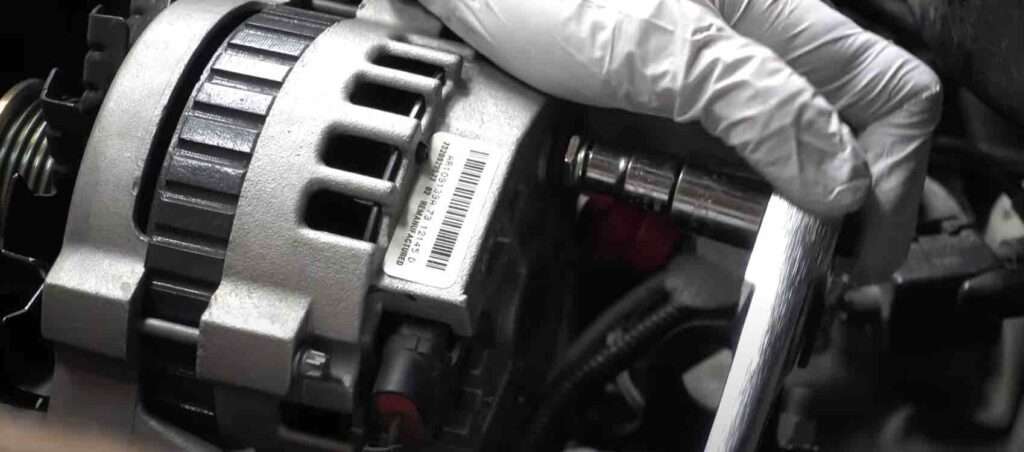
Loosen the tension on the alternator belt and unfasten it from its pulley on the alternator, disconnect all wiring from behind it, then unbolt its mounting brackets before disconnecting any wiring connections to it from the back of the alternator.
Here are the steps of how you can remove an alternator. Mind you take not of the steps so you re-install the new alternator.
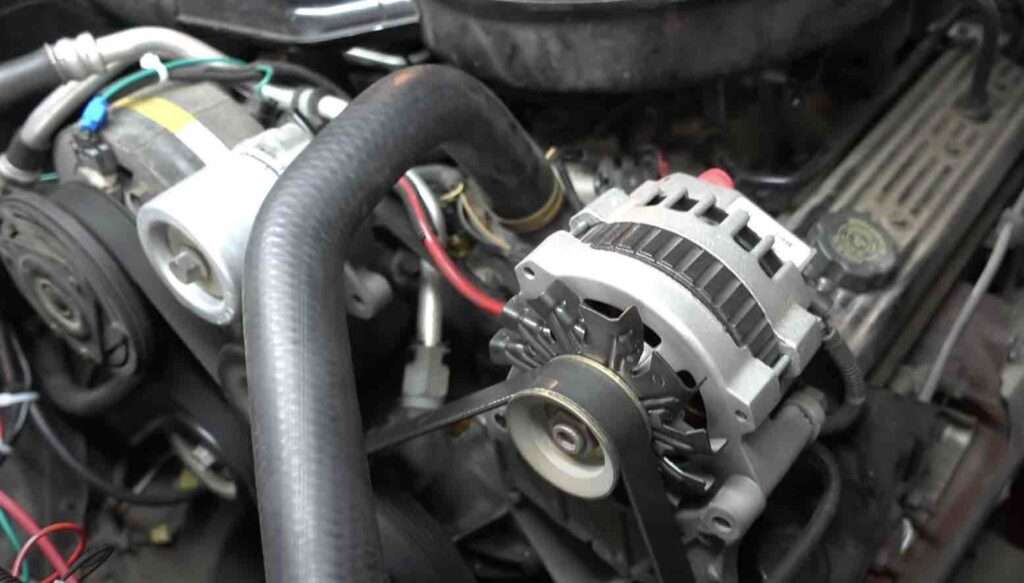
- Step 1: Disconnect Your Battery: Before beginning work on your car, be sure to disconnect its battery in order to avoid an accidental electrical discharge. Start by disengaging its negative terminal.
- Step Two: Locate Your Alternator: Your alternator is usually be found near the front of your engine. For ease of access, it might be situated atop of it for convenient viewing; in certain vehicles it might even be found at the base. An alternator resembles a round device with an attached pulley in front.
- Step 3: Loosen the Tensioner: To remove an alternator, it will first be necessary to loosen the tension on the serpentine belt by turning a bolt on a belt tensioner; typically this involves turning one or more bolts located within its pulley which maintains tight belt tensioning; as soon as you loosen one bolt of this tensioner pulley it will shift and the belt tensioner loosen. However, in certain vehicles, additional steps might need to be taken such as loosening an appropriate bolt directly on an alternator itself in order to relieve its tight belt tensioning effects.
- Step 4: Removing Belt From Alternator: Once the belt has become loose, simply slide it off its pulley at the alternator’s pulley. Be cautious not to fully disconnect it from its engine as this would prove more challenging when trying to reroute it later on.
- Step 5: Disconnect Wiring From Alternator: Your alternator likely features one or two wire connections on its rear end: a large wire that transports its output directly to the battery, and another smaller plug used for controlling it via signals from your vehicle’s computer system. Unbolt both connections by unsnapping their bolts; unplug or plug the smaller connector for removal.
- Step 6: Unbolting the Alternator: Your alternator is usually secured in place with two to three bolts located either near its front or rear bracket. Take care when unbolting these bolts so they are kept safely for future reinstallation of your alternator.
- Step 7: Disassemble and Install an Alternator: Once all wiring has been disconnected and bolts removed, you should be able to gently lift out and slide out your alternator from its mounting. Wiggle it a few times until it’s free.
Step 4: Install the New Alternator
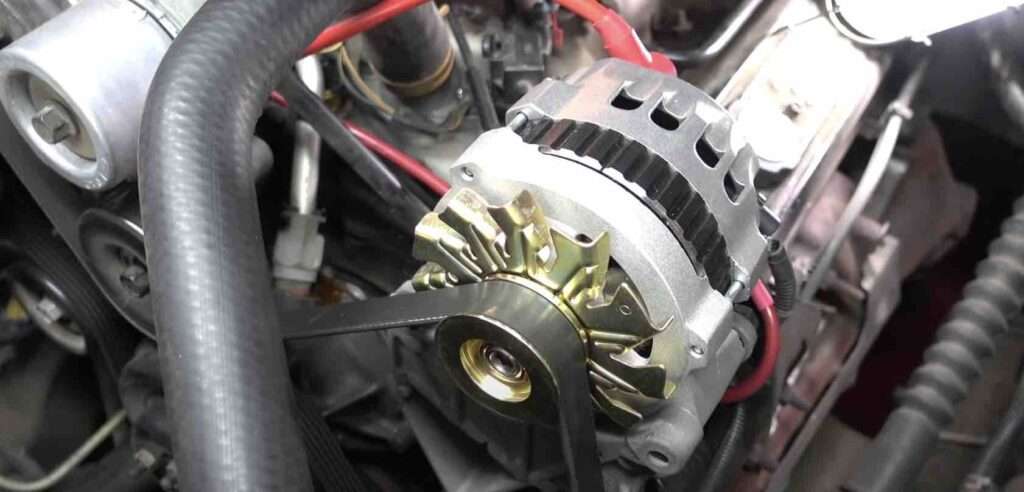
Install your new, high-amperage alternator using mounting brackets. Attach its higher gauge wiring using wire crimping tools if necessary to secure its connections to its connectors.
Step 5: Replace the Wiring
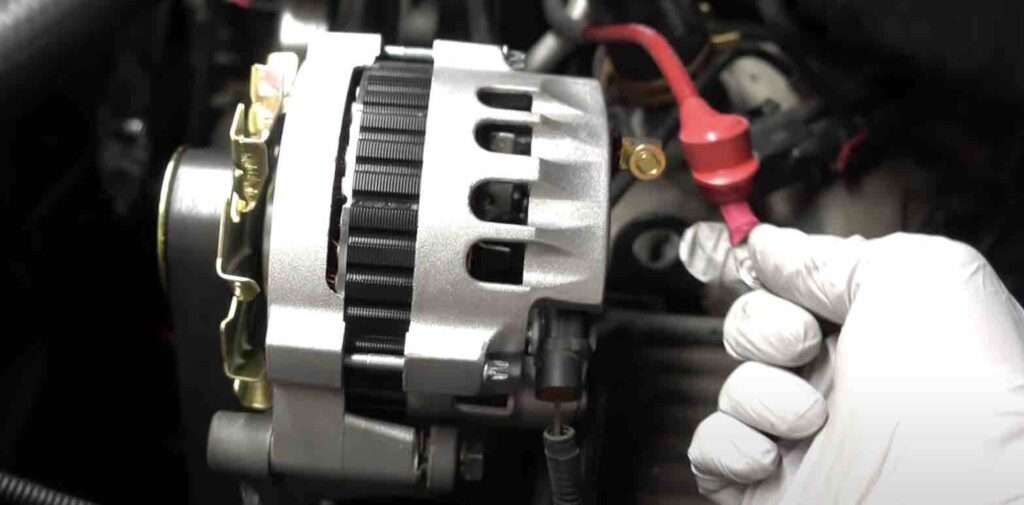
Securing your new alternator may require increasing amperage to run properly; should this occur, upgrade its wires from alternator to battery using thicker gauge wires – generally speaking, lower gauge numbers indicate thicker wires that can carry more current.
If that proves unfeasible, consider upgrading their gauge or simply replace with wires from another alternator of higher amperage output – either way, the alternator should connect better.
Or you can also replace the existing alternator wiring from the alternator back through to the battery with thicker gauge wires from the alternator; otherwise, swap them out as soon as you install its replacement alternator-battery cable using thicker gauge wires than the current.
Step 6: Reconnect Your Battery and Test the System
Reconnect Your Battery and Test the System starting with the positive terminal first and then moving on to the negative, connect all cables back onto their appropriate terminals before beginning your vehicle and measuring its voltage with a multimeter; an effective charging system should display around 14 volts on this indicator.
Remember, every vehicle varies in terms of make and model; so these steps might differ based on how your installation goes
Conclusion Before upgrading your alternator for increased amperage output, several aspects must be carefully considered; of these is compatibility being of primary concern.
And I have shown you in this post how to upgrade alternator amperage while highlighting higher amp alternator benefits and addressing the question of will a high output alternator hurt my car.

Hi dear, my name is Jeffery Ekweghi, and I am a certified mechanic and autobody parts technician. I created this site to share my expertise and experience with car lovers looking to resolve their car-related issues. I am certified in private cars and heavy-duty commercial vehicles. I have worked as a mechanic since 2015 and have experience in vehicle brands like Subaru, Jeep, Toyota, TATA, BMW, Mazda, Honda, Nissan, Kia, TVs, and Others; however, I primarily specialize in Toyota vehicles.












